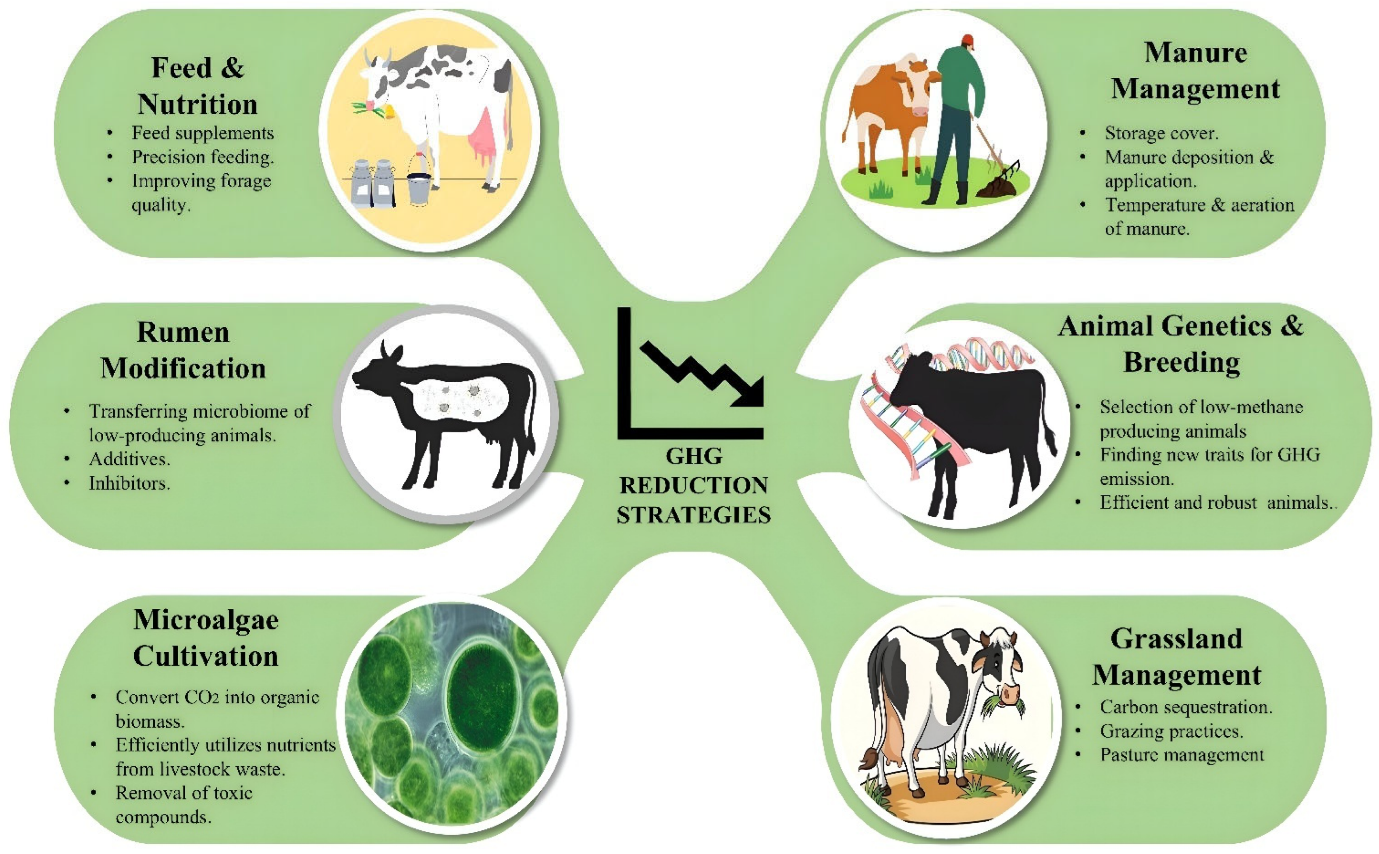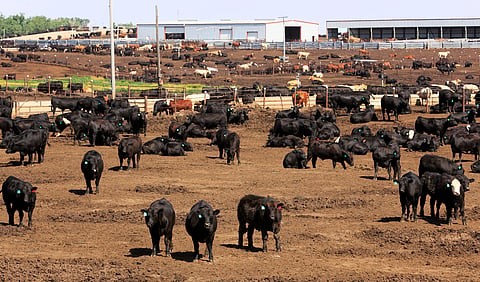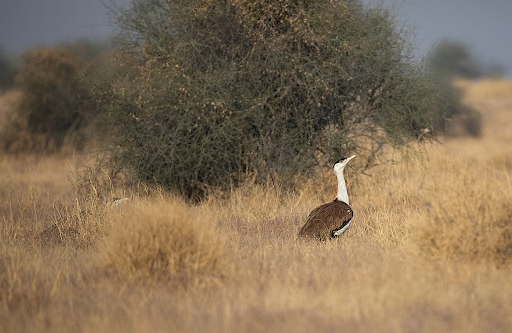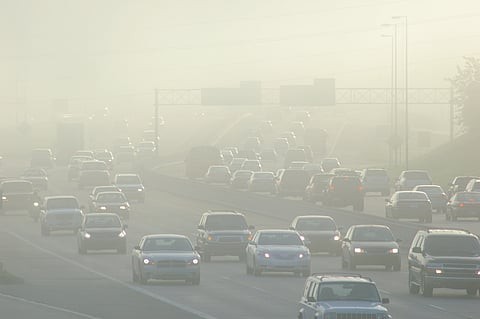Description
Copyright infringement not intended
Picture Courtesy: Down to Earth
Context:
A recent report reveals that 45 of the world’s largest meat and dairy companies produce more methane emissions than the entire European Union and the United Kingdom combined. These companies emitted approximately 1.02 billion tonnes of greenhouse gases in 2023—more than the annual emissions of Saudi Arabia, the world’s second-largest oil producer.
Current Status:
- 02 billion tonnes of greenhouse gases in 2023, surpassing the annual emissions of Saudi Arabia, the world's second-largest oil producer. (Source: Food rise)
- Methane accounted for over 50% of these emissions, a potent greenhouse gas primarily produced by livestock through burps and manure. (Source: Food rise)
- The five largest emitters—JBS, Marfrig, Tyson, Minerva, and Cargill—produced an estimated 480 million tonnes of CO₂-equivalent greenhouse gases in 2023, more than the combined emissions of BP, Shell, and Chevron. (Source: Food rise)
- Animal agriculture contributes between 12% and 19% of all human-caused greenhouse gas emissions, with cattle being the primary source. Beef and dairy production are also linked to 41% of tropical deforestation worldwide. (Source: Food rise)
Impact:
Climate Impact
- Global Emissions: In 2023, 45 major meat and dairy companies emitted approximately 1.02 billion tonnes of GHGs, surpassing the annual emissions of Saudi Arabia, the world's second-largest oil producer. (Source: Food rise)
- Methane Emissions: Methane accounted for over 50% of these emissions, a potent greenhouse gas primarily produced by livestock through burps and manure. (Source: IATP)
- Top Emitters: The five largest emitters—JBS, Marfrig, Tyson, Minerva, and Cargill—produced an estimated 480 million tonnes of CO₂-equivalent GHGs in 2023, surpassing emissions from major oil companies like Chevron, Shell, and BP. (Source: IATP)
Environmental Degradation
- Deforestation: Beef and dairy production are linked to 41% of tropical deforestation worldwide, contributing to biodiversity loss and habitat destruction. (Source: IATP)
- Water Usage: The livestock sector is a major consumer of freshwater resources, with significant quantities used for animal hydration, feed crops, and meat processing.
Health Implications
- Dietary Risks: High consumption of red and processed meats is associated with increased risks of heart disease, cancer, and other chronic health conditions.
- Antibiotic Resistance: The widespread use of antibiotics in livestock farming contributes to the development of antibiotic-resistant bacteria, posing a significant public health threat.
Social and Economic Dimensions
- Labor Conditions: Workers in the meat processing industry often face hazardous working conditions, low wages, and limited labour rights protections.
- Economic Inequality: The industry's concentration in a few multinational corporations can undermine local economies and reduce market competition.
Challenges in mitigation:
- Rising Demand: Global animal protein consumption is expected to grow by 70% by 2050, driving herd expansions (Source: Food rise)
- Methane Complexity: Methane makes up 51% of emissions from meat and dairy, mostly from cattle digestion, which is hard to control (Source: Food rise)
- Limited Solutions: Industry relies on unproven fixes like biogas and offsets, while scalable methane-reducing tech remains scarce (Source: Food rise)
- Economic Barriers: Public subsidies favor industrial livestock; strong lobbying slows policy progress (Source: Food rise)
- Policy Gaps: Few binding targets or comprehensive agricultural methane regulations exist; focus remains on fossil fuels (Source: Food rise)
- Cultural Resistance: Meat-heavy diets are culturally ingrained, hindering shifts to plant-rich eating (Source: Food rise)
Government Measures:
|
Measure
|
Description
|
Impact/Data
|
Source
|
|
Innovative Feed Supplements
|
Harit Dhara reduces methane emissions in bovines and sheep
|
17–20% methane reduction; improves milk & weight gain
|
Indian Express
|
|
Balanced Feeding Practices
|
Total Mixed Rations (TMR), precision feeding
|
10–20% methane emission reduction
|
Climate Change Academy
|
|
Promotion of Green Fodder
|
Year-round availability of green fodder
|
Up to 15% methane reduction
|
Down To Earth
|
|
National Livestock Mission
|
Breed improvement, balanced rationing, green fodder production
|
Enhances productivity, lowers emissions
|
|
|
Gobardhan Scheme
|
Cattle waste used for clean energy & organic manure
|
Reduces methane from manure
|
|
|
Seaweed in Cattle Feed
|
Addition of red seaweed to reduce methane from bovine burps
|
Potential methane reduction
|
LiveMint
|
|
Sex-Sorted Semen Technology
|
Improves livestock genetics and breeding
|
Supports methane reduction via better breeds
|
Times of India
|

Picture Courtesy: MDPI
Way Forward to Mitigate Meat and Dairy Emissions:
- Set Binding Emission Targets: Governments must establish mandatory, enforceable methane reduction targets for the livestock sector.
- Promote Plant-Rich Diets: Encourage shifts toward plant-based eating through public campaigns, subsidies for plant foods, and improved access to alternatives.
- Innovate and Scale Technologies: Invest in research and deployment of methane-reducing feed additives, improved breeds, and waste management solutions.
- Redirect Subsidies: Phase out subsidies for industrial livestock farming and support sustainable agroecological practices.
- Enhance Transparency: Require companies to disclose full emissions across supply chains (Scope 1-3) to ensure accountability.
- Support Farmers: Provide financial and technical support for farmers to transition to low-emission practices and diversified livelihoods
- Global Cooperation: Foster international collaboration on livestock emission reductions, especially in high-emitting and rapidly growing markets.
- Consumer Education: Raise awareness about the climate impact of food choices and promote sustainable consumption.
Source: Down to Earth
|
Practice Question
Q. Methane emissions from the meat and dairy industry pose a significant challenge to global climate goals. Discuss the major sources of these emissions and evaluate the effectiveness of current mitigation strategies. Suggest policy measures that can address the environmental impact of this sector while balancing economic and social considerations. (250 words)
|
Frequently Asked Questions (FAQs)
Methane is a greenhouse gas with about 80 times the warming potential of CO₂ over 20 years. It contributes significantly to short-term global warming, making its reduction urgent.
Agriculture, particularly livestock (cattle), is the largest methane emitter globally, mainly from enteric fermentation (digestion) and manure management.
According to a 2025 report, 45 major companies emitted an estimated 1.02 billion tonnes of greenhouse gases, with methane accounting for 51% of emissions.











